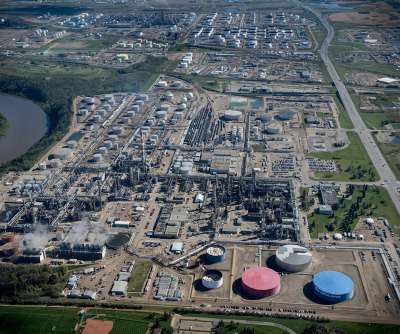Researchers propose framework for CCS infrastructure optimization to reduce GHG emissions from oil sands extraction and processing
Green Car Congress
JANUARY 28, 2013
CCS infrastructure for six key CO 2 emission prices. The width of the pipeline network (green lines) is proportional to CO 2 flow; the largest CO 2 flow is approximately 36 MtCO 2 / yr for the $155/tCO 2 scenario (pipeline leaving the Athabasca oil sands area). Sources are red and sinks are blue. Costs are in $US 2011.






































Let's personalize your content